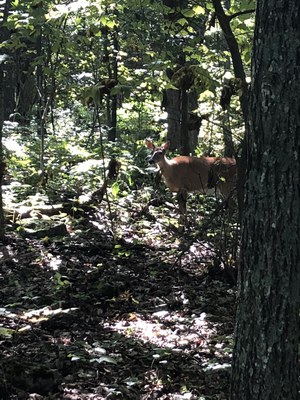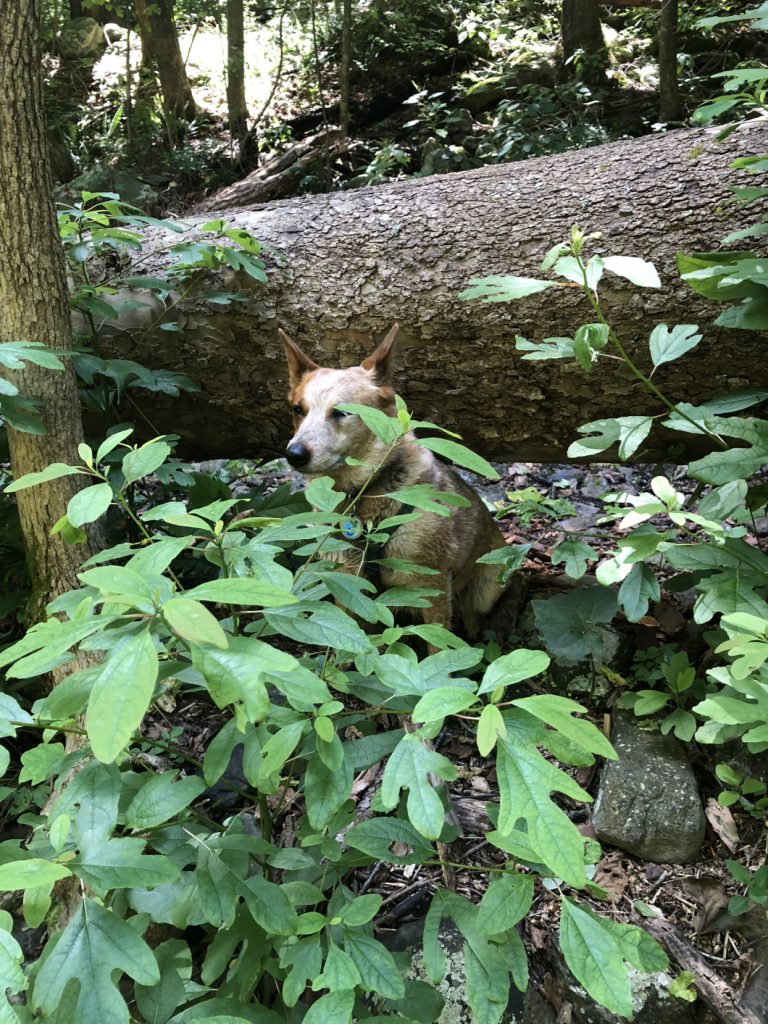span.s3 {font: 11.0px Helvetica; font-kerning: none}
I’m a deer person. I love all wildlife, but I definitely have a soft spot for deer. Perhaps it’s because I know them the best. And even though they are as common as dirt, I still enjoy seeing them no matter where I travel.
I have traveled to 23 states and seen my favorite cervid in all of them. My trip to Shenandoah was no exception. In addition to all those bears, we logged double digit deer numbers as well. Oddly enough, we saw 3 bears BEFORE we saw our first deer. This is not the norm. And I can only confirm seeing 1 fawn. We saw 3 beautiful adult does on the trail one day. What we didn’t see with them were any fawns.
Knowing what I know about bears, deer, and fawns, I wondered if the abundant bear population had anything to do with my lack of fawn sightings.
Being a biologist, I know eyes can be deceiving. Data and sampling are where it’s at. So I did a little research. 
Deer are not lacking in Virginia or the park. In fact, the Big Meadows Area (BMA) has a big deer problem. Spotlight counts have been occurring in the area since 1999. This area of the park contains 18% of the park’s state-rare plant diversity and for decades LOTS deer have been chowing down. Browse lines, loss of native herbaceous ground cover, diminished woody regeneration, loss of ground-nesting songbird habitat, and a plethora of non-deer preferred vegetation are a visual reminder of the issues too many deer can cause. Fall spotlight counts in the BMA average 182 deer/square mile.
So yeah, there are plenty of deer in Shenandoah regardless of what I saw with my own 2 eyes.
A fawn mortality was conducted there in the 80s. Fawn mortality ranged from 35-55% and was attributed to predation by black bears, dogs, and bobcats. That sounds familiar. I’m really not a betting girl, but I would bet that those mortality rates haven’t changed much in the last 30 years.
Regardless, there isn’t enough predation to keep deer in check in the park.
Why might that be? You know the answer. It is the incredible Elasti-Doe. Adult female survival rates make the deer world go round. And we saw plenty of them. No predation (i.e. hunting) on adult females keeps deer on top.
I’m a biologist even on vacation. Much to the chagrin of my travel partners.
If you would like to receive email alerts of new blog posts, subscribe here.
And Follow us on Twitter @WTDresearch
span.s3 {font: 11.0px Helvetica; font-kerning: none}
